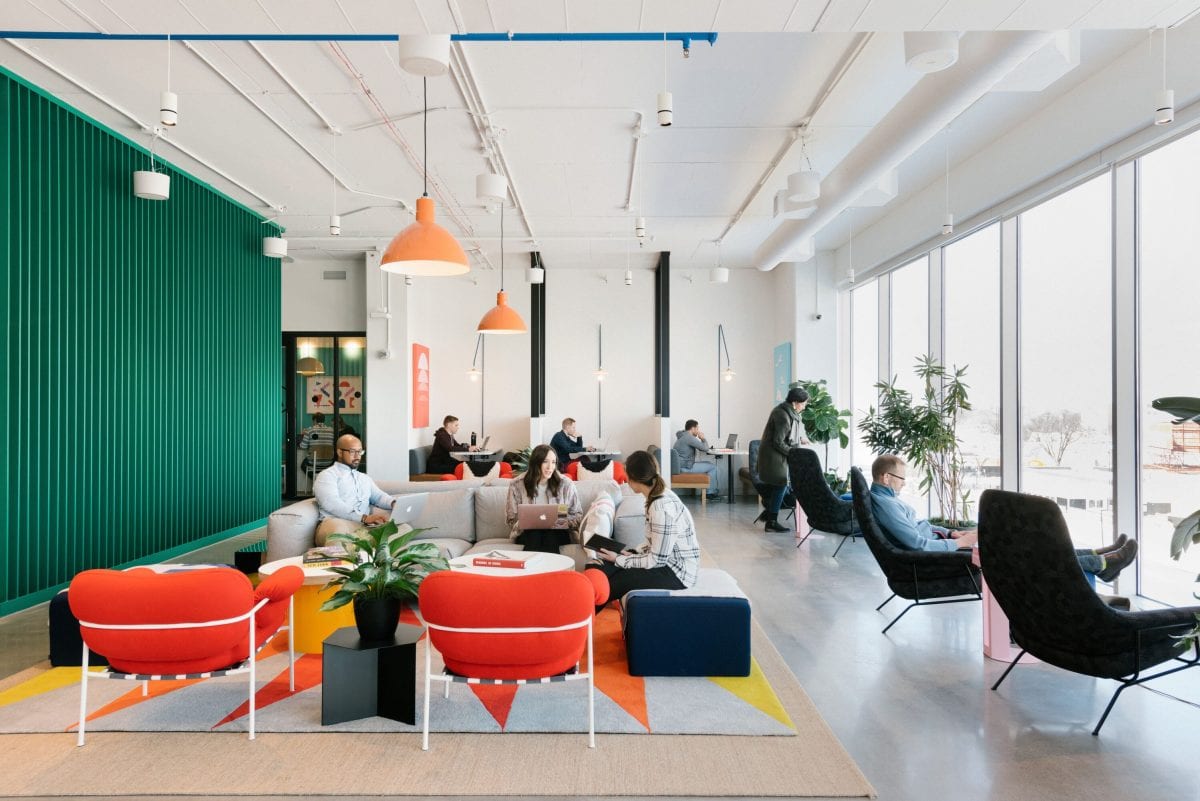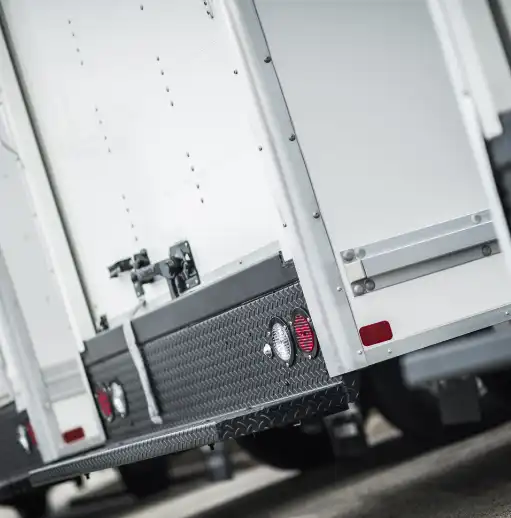
By Dave Clifton
Content Strategy Specialist
SpaceIQ
Designing the ideal coworking space is difficult, to say the least. A diverse group of occupants expect workspaces that suit their unique styles. Attracting members or one-time users requires marketing to myriad industries. In the coworking world, one coworking space layout does not fit all.
Thankfully, coworking spaces have one key advantage: flexibility. Unlike traditional work environments, coworking businesses gravitate toward agile, innovative designs. The 1-to-1 desk ratio in a typical office isn’t the norm. Instead, a successful shared space design is one that allows individual workers to mold the environment to their unique needs.
Take a look at five coworking space designs and how to create a welcoming environment—no matter the person or nature of their work.
1. Open-air benching
Open-air benching is the epitome of modern work spaces. There’s no assigned seating or special considerations. It’s just a table and chair, waiting for someone to occupy them.
It may seem utilitarian, but open-air benching is all most people need to work. In the age of laptops, tablets, and smartphones, there’s little use for full-sized desks or offices. Even the most utilitarian area becomes a veritable workspace when there’s room for a laptop and a few documents.
For coworking facilities, open-air benching takes many of the logistics out of space planning. Count how many seats there are and fill them as-needed. There’s no need to worry about who’s seated where.
Read more: Coworking space benefits and the workplace evolution.
2. Pods and neighborhoods
Pods are a more consolidated form of benching. In true shared space design, these workspaces limit the number of people—usually between three and six—to create a sense of closeness. Small groups foster networking and collaboration, and they’re great for social workers.
Pods also bring the advantage of controlled seating. Coworking facilities can delineate pod assignments in numerous ways to foster a great work environment: a graphic design pod for artistic professionals; a programming pod for software engineers; pods for people who love jazz music. The options are limitless and bring people together on common ground.
3. Private collaborative spaces
Though they demand larger swaths of dedicated square footage, private collaborative spaces are the standard for groups. Startup companies, small businesses, and study groups need private space to collaborate uninterrupted. In coworking spaces, that can mean a room away from the main work areas.
A coworking space may only need one or two of these types of spaces to support groups. Or, they may have larger spaces set up for groups that can be used by individuals when not booked. Offering these spaces by request only is a smart way to prompt bookings and get a sense of utilization rates.
4. Workspace zones
Splitting coworking facilities into zones helps operators better manage them. Zones can create a sense of belonging among frequent guests.
Colors are a great way to delineate areas:
- Blue Zone: Quiet workspaces
- Green Zone: Open-air benching
- Purple Zone: Individual desks
It’s easy to say “Find a seat anywhere in the Green Zone” or “You’ll be at Desk Two in the Purple Zone.” It’s also easy to charge more for different types of workspaces and track utilization of each zone to better understand of facility usage.
5. Individual workspaces
Running a coworking business using only individual workstations is a crapshoot. There’s no guarantee those seats will be filled all day, every day. That said, it is important to make some individual private workstations available. People need privacy for phone calls, webinars, one-on-one meetings, and other sensitive work.
Because they’re not great for space utilization, most coworking spaces charge more for individual workspaces or make them available by reservation only. In instances of high demand for these limited spaces, it’s smart to put a cap on how long someone can reserve them.
Design a coworking space that works
Not all designs are necessary, or appropriate, in a coworking space. Choosing the most viable arrangements comes from looking at available square footage, floor plan layout, and space occupancy limits. Demand may change over time, too. Coworking operators need to track space utilization trends and adapt workspaces to the demands of frequent, recurring occupants. Like the people using them, coworking spaces are always in flux.
Keep reading: Solve the big five problems with coworking spaces.










